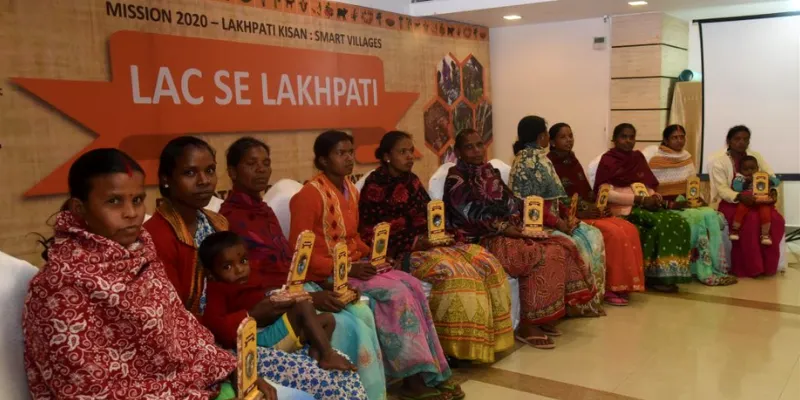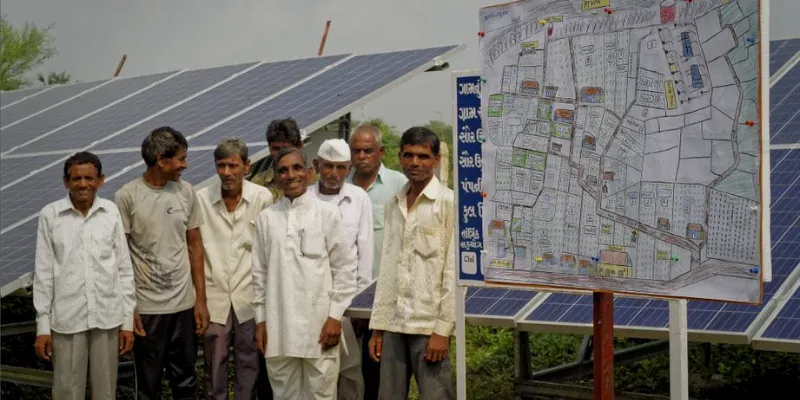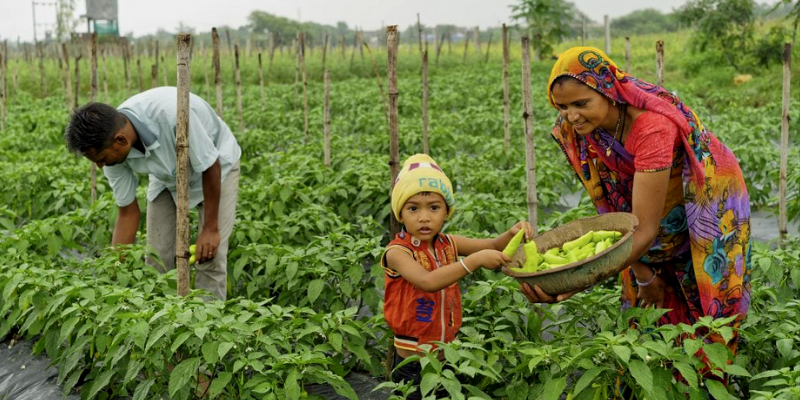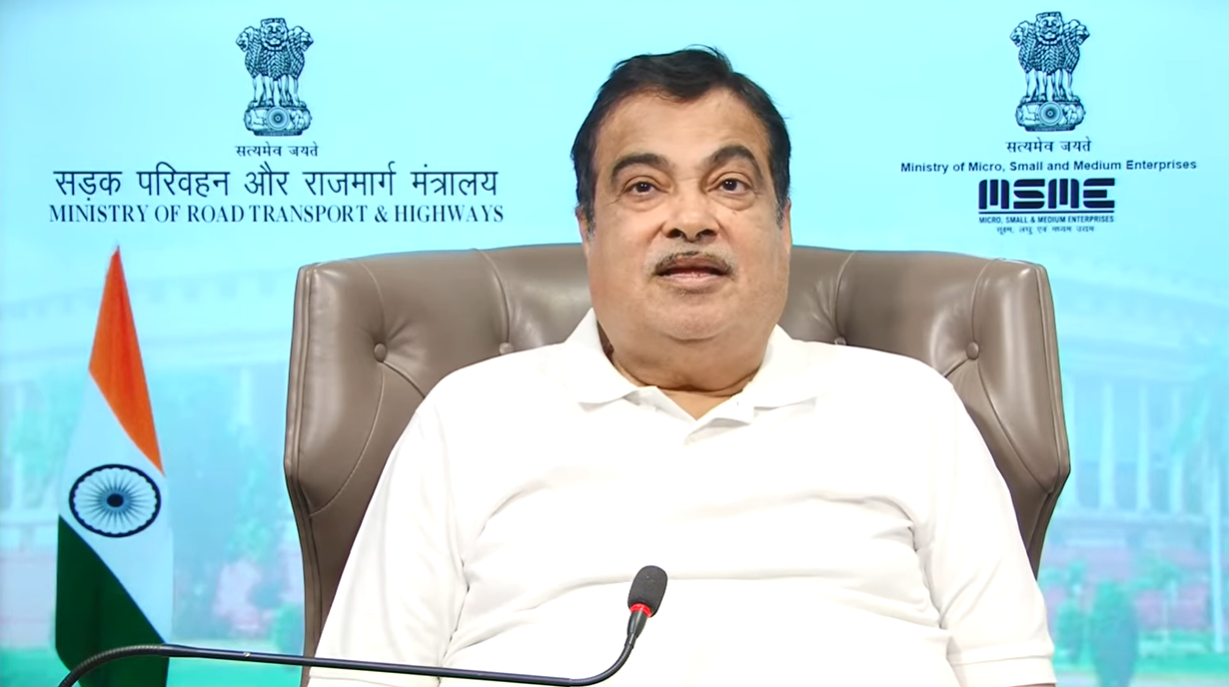In Central India, tribals are tapping technology and innovating to become lakhpati farmers
The Collectives for Integrated Livelihood Initiatives launched Mission 2020 – Lakhpati Kisan: Smart Villages in 2015, to trigger large-scale development and positive transformation in tribal regions.

Kuwanri Hassa and her husband from the Munda tribe in Janumpiri village, Jharkhand, struggled for two meals a day. Traditionally, Munda farmers grew paddy and tapped a forest-based resinous product called lac. However, poor monsoon and lack of irrigation facilities led to losses. This became a cycle; practising rain-fed agriculture meant work for barely four months, and not even that in case of drought.
In Dhamarda village of Dahod district in Gujarat, Roz Surtaben Udaisinhbhai lost her husband, leaving her in charge of a family of 15, including her five daughters and in-laws. Despite owning a five-acre plot of land, the 45-year-old widow did not have the capital to buy seeds and grow crops. Practising rain-fed traditional mono-cropping meant problems aplenty on account of frequent delays, unreliable monsoons, failing land productivity, and increasing cost of cultivation.
The produce was never enough to feed her family and her children’s education remained a pipe dream. She got into a debt trap, taking a loan at an interest rate of 10 per cent per month in order to grow crops.
The states may be different, but the story remains the same for tribal farmers in central India.
The Central India Initiative, a flagship initiative of Tata Trusts, established Collectives for Integrated Livelihood Initiatives (CInI) and launched the Mission 2020 – Lakhpati Kisan: Smart Villages programme in 2015, with the aim of making 101,000 tribal households lakhpatis in an irreversible and sustainable manner through a high-impact programme for triggering large-scale development and positive transformation of the region.
Roz Surtaben, Kunwanri and her husband, Dola Hassa, and many others are among the thousands of farmers who have joined the Lakhpati Kisan programme.
Kuwanri and Dola now annually earn a sum of Rs 94,000 from agricultural activities and Rs 35,000 from lac cultivation. “With the increased income, we have managed to purchase a two-wheeler and a portable pumpset for irrigation,” Kuwanri says.

“Our aim is to ensure that 101,000 tribal households are irreversibly brought out of poverty with increased life choices, thereby earning an annual income of more than Rs 120,000 as against the baseline of Rs 40,000 per annum. We do this by promoting irrigation resources to enhance the area under irrigation — increasing from 11 percent to about 35 percent. We also promote nearly 100 rural enterprises in the areas of agriculture, animal husbandry, forest produce, irrigation, etc,” a spokesperson from CInI said.
Presently there are nearly 14 federations, 93 village organisations (VOs) and 3013 Self-Help Groups managing the Mission 2020 Programme. The programme, as of now, reaches more than 90,000 households, bringing them within the ambit of institutional structures for driving change. In 2018 alone, nearly 20,000 households enrolled in the programme, and are earning an income of over Rs 1.2 lakh per annum.
The need
While a number of tribal lands are among the wealthiest districts in terms of natural resources, they are, at the same time, among the poorest and most underdeveloped. Of the 50 top mineral-producing districts, 34 fall under the 150 most backward. These districts, almost contiguous, form a tribal belt through the Central Indian heartland, spreading across the states of Rajasthan, Gujarat, Maharashtra, Madhya Pradesh, Chhattisgarh, Orissa, Jharkhand, and West Bengal.
This belt is home to 75 percent of India’s indigenous tribal communities. Of the 900 blocks across the central Indian states in which these tribal communities are concentrated, 72 percent have a Poverty Head Count Ratio exceeding 50 percent, and 64 percent of the blocks are rain-fed.
There is a high correlation between tribals, rain-fed areas, and the incidence of high poverty. As a result, tribal communities live in abject poverty, with small and fragmented land holdings, face persistent and acute food insecurity, and also have few employment opportunities beyond rain-fed agriculture and forest-based livelihoods.

Building livelihoods
The Central India Initiative in collaboration with Nav Bharat Jagriti Kendra, started working in Murhu and Khunti Sadar block in 2007. During 2007-11, their main emphasis was improving food security through paddy stabilisation using System of Rice Intensification technique, a methodology aimed at increasing the yield of rice produced in farming, with 400 families. Gradually they worked with 1,150 households in the district and introduced vegetable cultivation with paddy stabilisation, improving food security and nutrition.
In 2015, the initiative launched the ambitious five-year Lakhpati Kisan: Smart Villages Mission 2020, in Janumpiri with 15 households through the introduction of improved cultivation practices of paddy for food security, black gram for nutrition, and tomato as a commercial crop. Initially, around 19 percent of the households earned an average of Rs 15,000 from tomato cultivation. As news of Kunwari and Dola’s success and increased income spread, around 45 households joined the Mission 2020 programme in 2015.

The farmers undertook cultivation of tomato, paddy, and pulses during the kharif, and cabbage and garden pea in the rabi season. They also experimented by cultivating watermelon in summer. The bulk production of these commercial crops attracted traders to Janumpiri and pick- began ups right at the farm gate.
CInI also introduced scientific practices for cultivating lac to enhance income through increase in yields. The successes created a ripple effect, making 55 households in the village a part of the three vibrant community institutions (Self Help Groups) through which the programme is being rolled out. The villagers are now annually earning an average of Rs 65,000 from agriculture and Rs 40,000 from lac. A lowland seepage well has also been constructed in the village to support irrigation.
The programme

The key principles of the Lakhpati Kisan programme are:
- Communisation: The idea is to mobilise and empower tribal women to lead their own development sustainably.
- Market-led intervention: Promoting production clusters across to ensure year-round vegetable promotion with assured irrigation support. This ensures regular supply to the market and close linkages with the market forces to give good returns to the community.
- Innovations: The focus is to get the best advanced technologies in the field of agriculture, water resource, energy, education, and drinking water and sanitation. To ensure quality vegetable planting material, a nursery is being promoted through a tribal entrepreneur. This nursery will supply quality saplings to the community at the right time to reduce input costs and capture the market when the prices are high. Focus is also on solar energy linked with micro-irrigation technologies. Various such field-based innovations are encouraged through the community so that they can continue innovating on their own.
- Convergent multi-sectoral plans addressing quality of life: Enhanced livelihoods lead to improved quality of life choices such as quality education, better health, safe drinking water, etc. The Mission programme in specific clusters is integrating livelihoods with education to provide the government school tribal children with quality education. The mission also aims to provide safe drinking water and ensure open defecation-free villages.
The plan ahead
In the 2015-2020 period, CInI is striving to achieve two goals: developing 17 blocks as regional drivers of growth and opportunities, and bringing 101,000 households irreversibly out of poverty with increased life choices.

Ganesh Neelam, Executive Director, CInI, says, “The two goals are inter-related, as the uplift of 101,000 households in select blocks of Jharkhand, Odisha, Maharashtra, and Gujarat necessitates systemic change, which in turn can trigger further development and opportunities in the region.”
For the funds required for this project, CInI has been regularly exploring partnership opportunities with the government, NGOs, various companies for their CSR, and other donors. They are also exploring the option of developing loan products for various livelihood prototypes; this will ensure the community does not remain dependent on grants and instead initiates activities on a loan basis to boost their incomes and pay back accordingly.








![[Funding alert] Travel protection startup Railofy secures Rs 70M from Chiratae Ventures; eyes geographical expansion](https://images.yourstory.com/cs/2/3fb20ae02dc911e9af58c17e6cc3d915/Imageghu4-1599036359179.jpg)

![[Funding alert] VRO Hospitality raises $3M in Series A round led by CreedCap Asia Advisors](https://images.yourstory.com/cs/2/b87effd06a6611e9ad333f8a4777438f/Imagen6k9-1632824597668.jpg)
